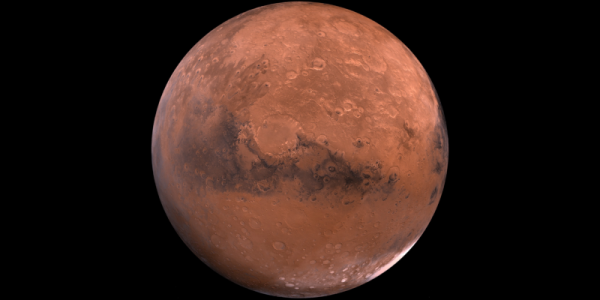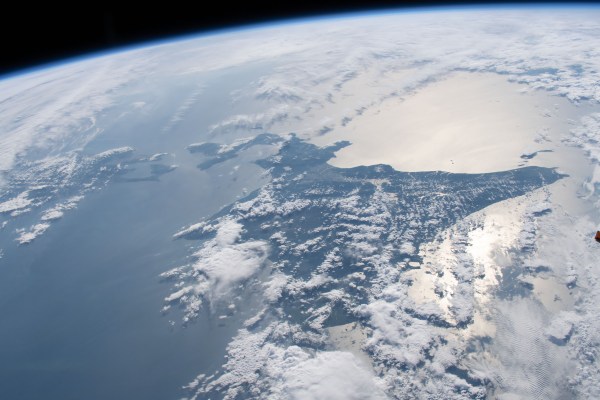When the orbit of NASA’s Mars Atmosphere and Volatile EvolutioN (MAVEN) spacecraft took it behind the Red Planet on December 6th, ground controllers expected a temporary loss of signal (LoS). Unfortunately, the Deep Space Network hasn’t heard from the science orbiter since. Engineers are currently trying to troubleshoot this issue, but without a sign of life from the stricken spacecraft, there are precious few options.
As noted by [Stephen Clark] over at ArsTechnica this is a pretty big deal. Even though MAVEN was launched in November of 2013, it’s a spring chicken compared to the other Mars orbiters. The two other US orbiters: Mars Reconnaissance Orbiter (MRO) and Mars Odyssey, are significantly older by around a decade. Of the two ESA orbiters, Mars Express and ExoMars, the latter is fairly new (2016) and could at least be a partial backup for MAVEN’s communication relay functionality with the ground-based units, in particular the two active rovers. ExoMars has a less ideal orbit for large data transfers, which would hamper scientific research.
With neither the Chinese nor UAE orbiters capable of serving as a relay, this puts the burden on a potential replacement orbiter, such as the suggested Mars Telecommunications Orbiter, which was cancelled in 2005. Even if contact with MAVEN is restored, it would only have fuel for a few more years. This makes a replacement essential if we wish to keep doing ground-based science missions on Mars, as well as any potential manned missions.

















